Bruce Gilden on the art of street photography and his pursuit of good portraits
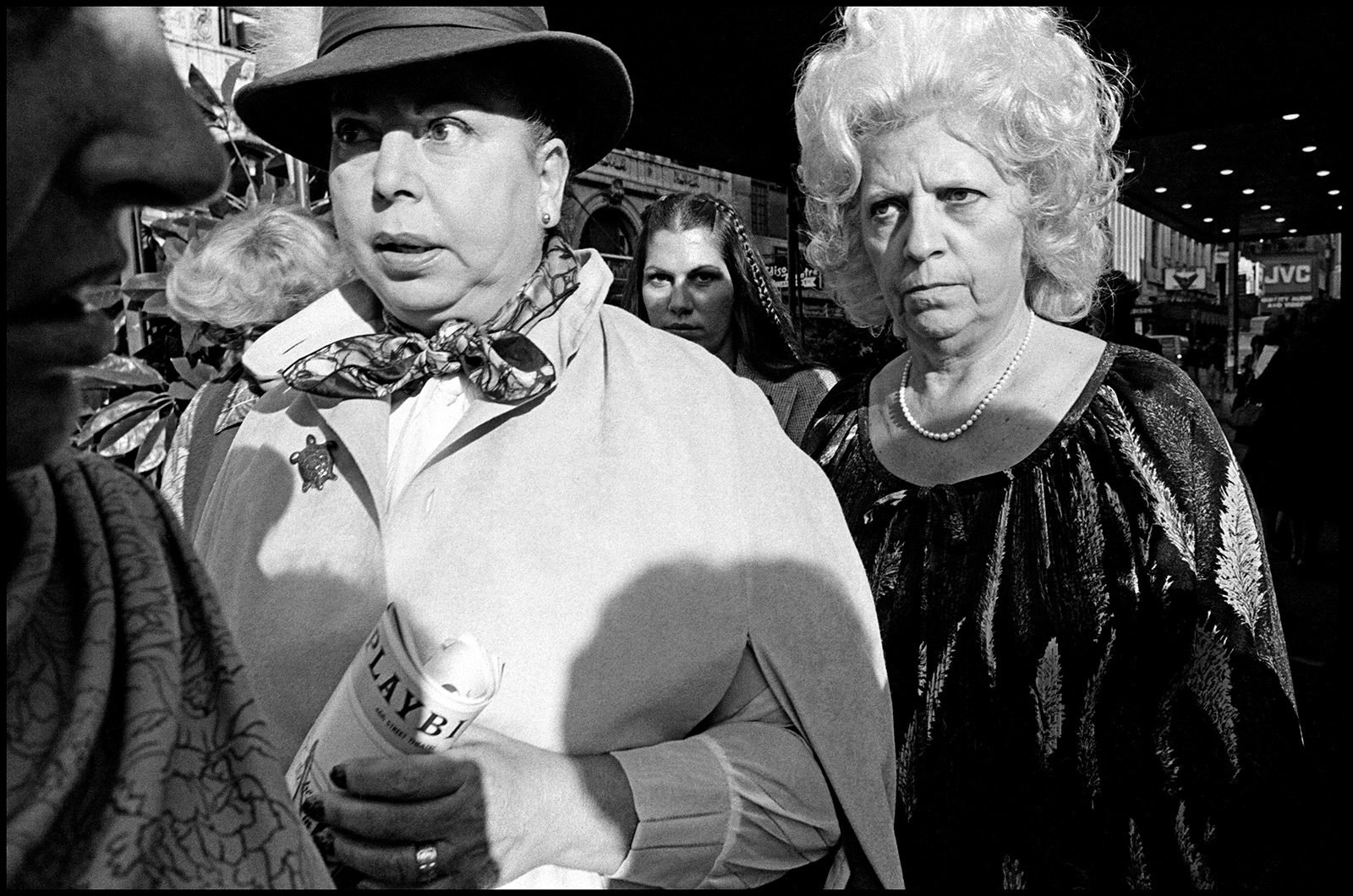
Bruce Gilden is talking of his own father, a ‘mafia-looking figure with pinky rings, thick hair, hats, big cigars’. His father was ‘a tough guy, a streetwise guy’ – a classic figure of the subterranean world of New York City.
Yet he recalls his teenage self as an uncertain and anxious presence. The only thing he had any confidence in was sports. He remembers watching wrestling on TV as a kid, and feeling sucked in by the aggression and physicality of it all. As a teenager, he’d spend his days playing basketball and baseball and hanging out in boxing gyms. ‘It was a reason to get out of the house,’ he says. ‘It was not very happy living at home with my parents.’
He dropped out of college and started taking photography classes after trying numerous courses – including acting. The first time he developed a photograph, he was hooked. ‘I had done something besides sports for myself, and it was incredible.’
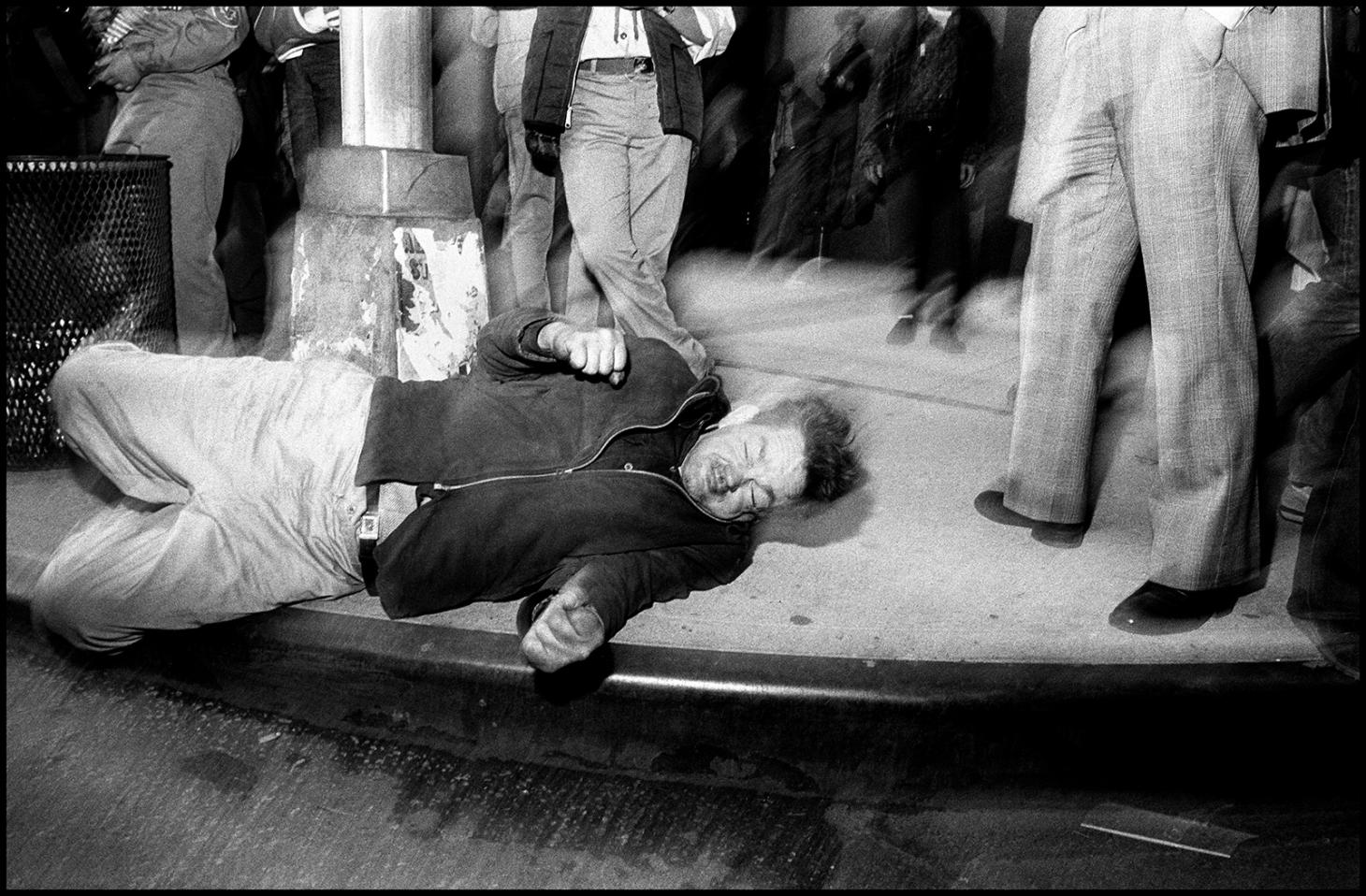
USA. New York City. Fifth Avenue. 1984.
Gilden was 21. The year was 1967, and New York was the most international place in the world – a megacity of bizarre and striking characters. He talks about the ‘stress and anxiety’ of the city sidewalk as if it’s an addiction. On an almost daily basis, he would take his camera onto the sidewalks. ‘And you never knew what was going to come around the next corner. And you don’t have to talk to anyone,’ he says. ‘You just take your camera and go out on the street.
He decided to stop walking the streets of New York four years ago – and has since focused on many other long-term essays including on ‘prostitutes’ in Miami, for a new project published this year by London’s Brown Editions titled Only God Can Judge Me. Until then, New York, he says, ‘was my lifetime project’.
Although he’s now a revered name and a senior member of Magnum Photos, Gilden didn’t always get a lot of attention from the photography scene. He wasn’t motivated by glitzy commissions or solo exhibitions or seeing his name in magazines. He shot on the streets for reasons entirely his own. It was, he says, a compulsion. ‘You have to try. Even if you’re not feeling well, you’re trudging. It is hard. But you continue to do it.’
RELATED STORY
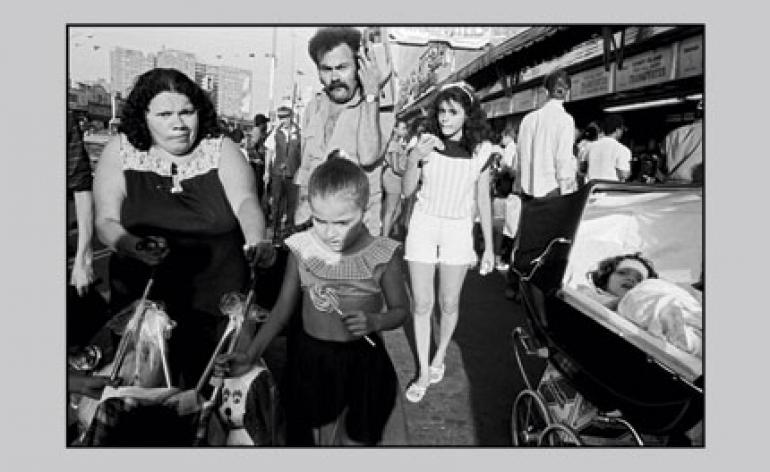
In that time, Gilden developed a signature. A Bruce Gilden photograph is unmistakeable. Love them or hate them – and he’s a photographer with his fair share of detractors – a Gilden photograph could never be anything but a Gilden photograph. With the use of a flash, Gilden has become renowned for the way he pushes the limits of the frame with his sheer proximity to his subjects. ‘I’m known for taking pictures very close,’ he says. ‘And the older I get, the closer I get.’
His success, he says, lies in little more than the doggedness of his pursuit of good portraits, come what may. ‘I’m definitely a bulldog,’ he says. ‘I think, to be a good photographer, you don’t have to be a genius but you have to have an aptitude and a degree of talent. You have to persevere. You have to stay the course.’
‘I wanted to get back at my father,’ Gilden says. ‘Because he was always negative towards me. He always said negative things. So I’m always proving to myself I can do this. Maybe that's one of the reasons why I photograph people.’
Magnum Photos has launched an online education platform, with ‘The Art of Street Photography’. Bruce Gilden is among seven of the agency’s renowned photographers who have contributed their valuable insights and experience to the course, which comprises ten in-depth lessons to help hone photography skills through location demonstrations and candid interviews. See an exclusive excerpt of Gilden’s case study from the series below and learn more about the course here.
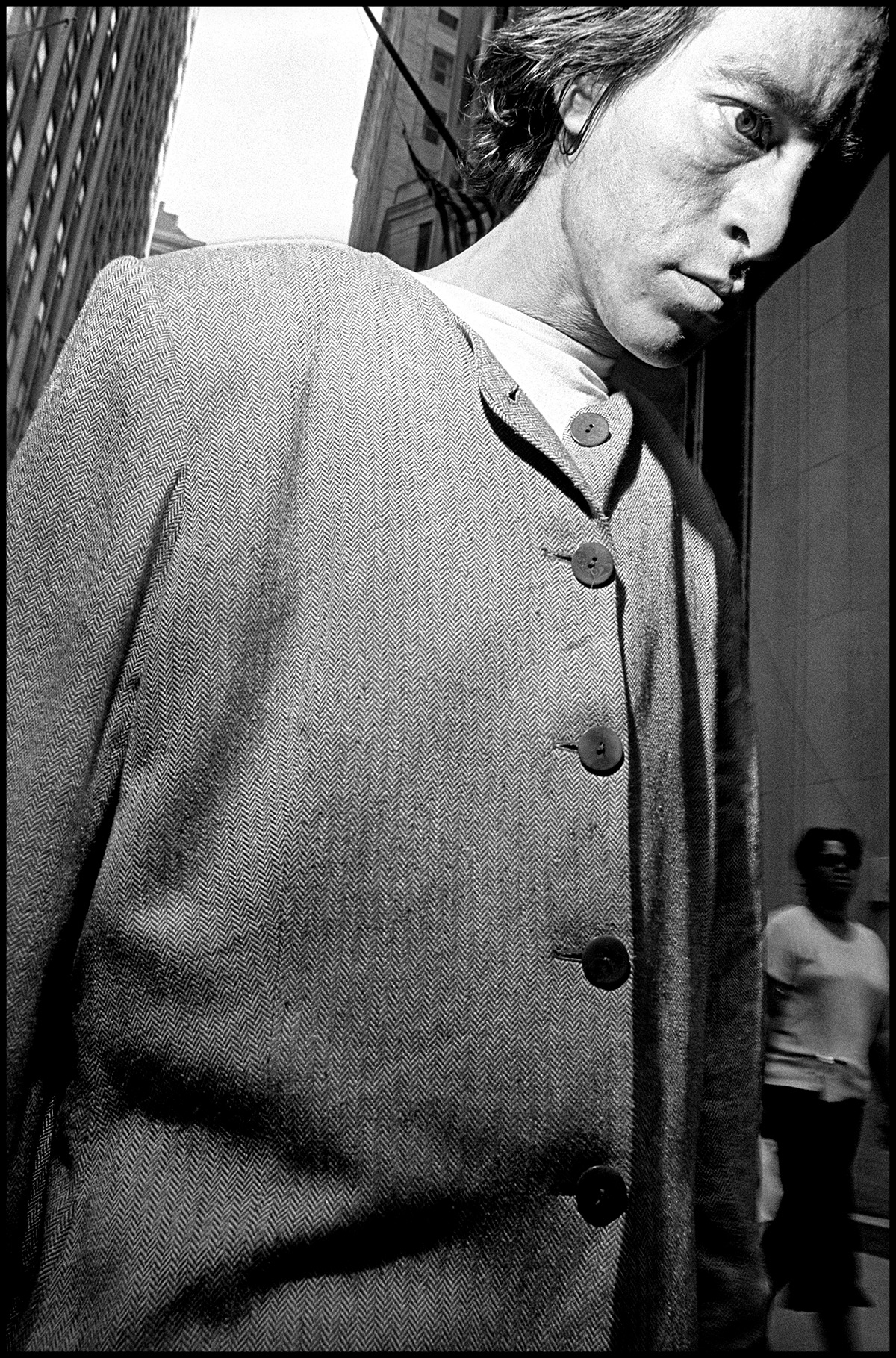
USA. New York City. Man walking in Wall Street area. September 18th, 2001.
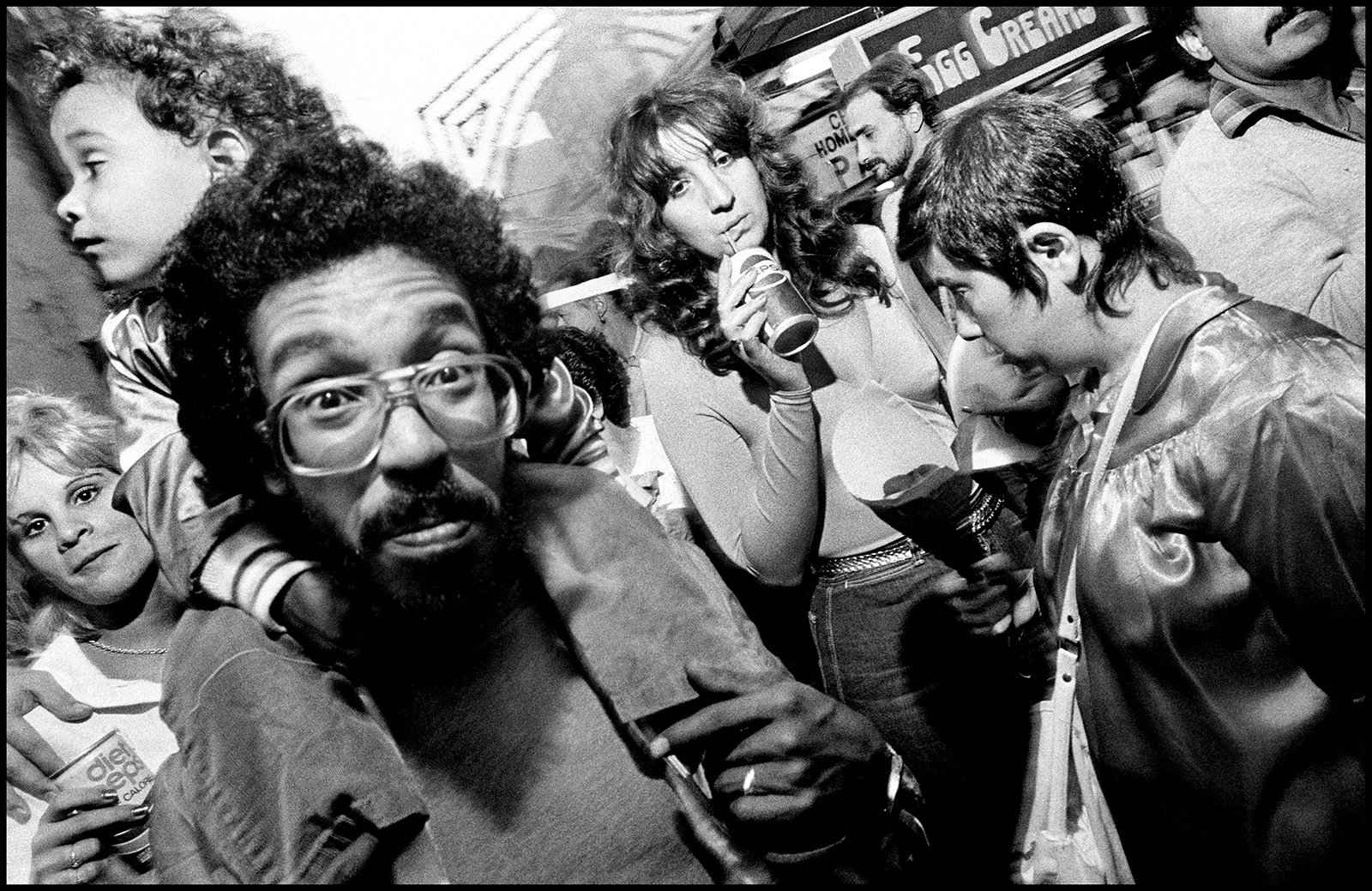
1984. USA. New York City.
INFORMATION
For more information, visit the Magnum Photos website
Receive our daily digest of inspiration, escapism and design stories from around the world direct to your inbox.
Tom Seymour is an award-winning journalist, lecturer, strategist and curator. Before pursuing his freelance career, he was Senior Editor for CHANEL Arts & Culture. He has also worked at The Art Newspaper, University of the Arts London and the British Journal of Photography and i-D. He has published in print for The Guardian, The Observer, The New York Times, The Financial Times and Telegraph among others. He won Writer of the Year in 2020 and Specialist Writer of the Year in 2019 and 2021 at the PPA Awards for his work with The Royal Photographic Society. In 2017, Tom worked with Sian Davey to co-create Together, an amalgam of photography and writing which exhibited at London’s National Portrait Gallery.
-
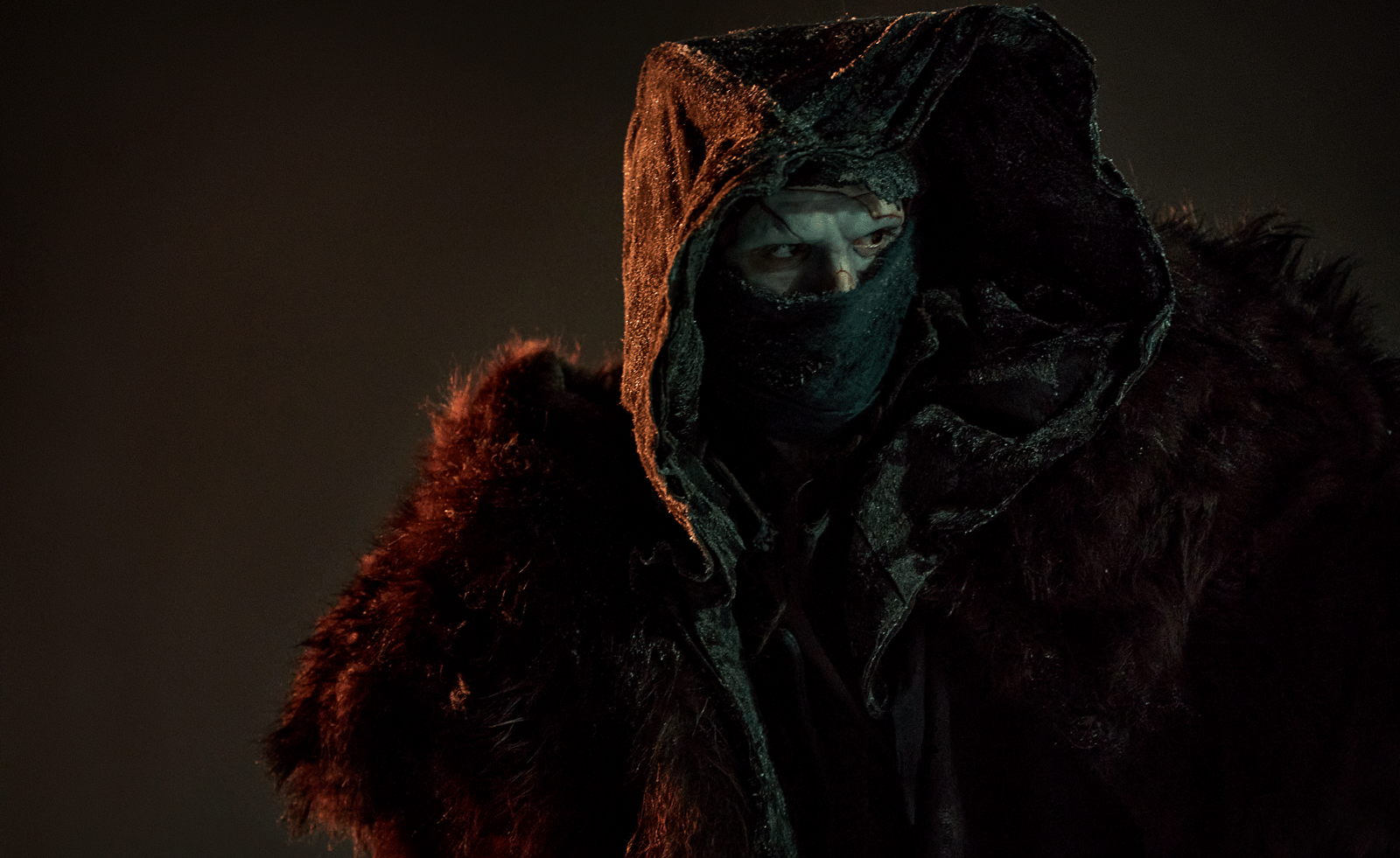 Does Guillermo Del Toro’s Frankenstein summon the gothic flamboyance of Mary Shelley’s novel?
Does Guillermo Del Toro’s Frankenstein summon the gothic flamboyance of Mary Shelley’s novel?The visionary filmmaker was inspired by the famous 1931 adaptation of the book, but his long-gestating version is closer to its author’s astonishingly vivid tone
-
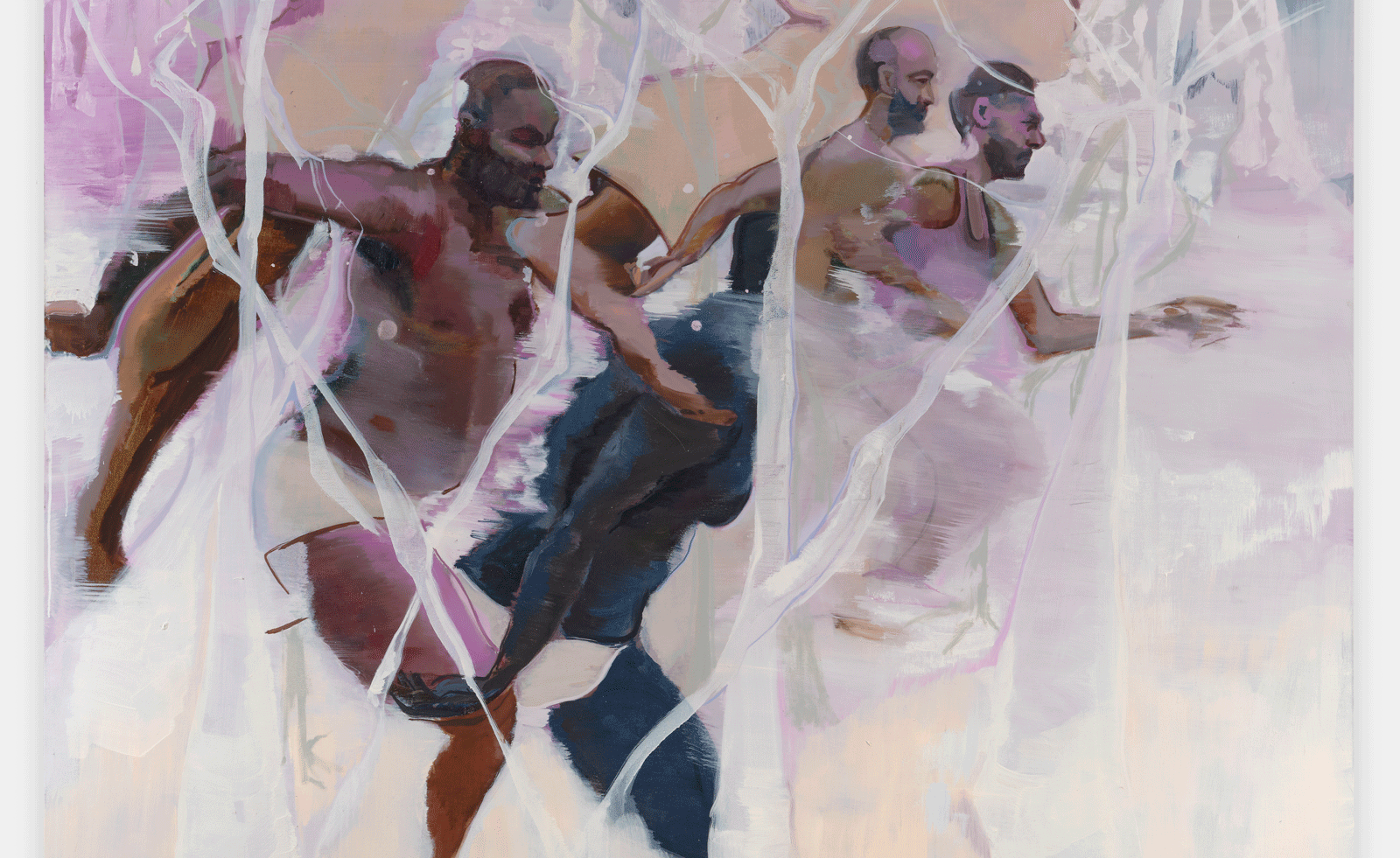 Artist Shaqúelle Whyte is a master of storytelling at Pippy Houldsworth Gallery
Artist Shaqúelle Whyte is a master of storytelling at Pippy Houldsworth GalleryIn his London exhibition ‘Winter Remembers April’, rising artist Whyte offers a glimpse into his interior world
-
 Little gift ideas from the Wallpaper* editors
Little gift ideas from the Wallpaper* editorsThese micro icons, from design and beauty pieces to tech and fashion, are ideal for filling stockings this festive season
-
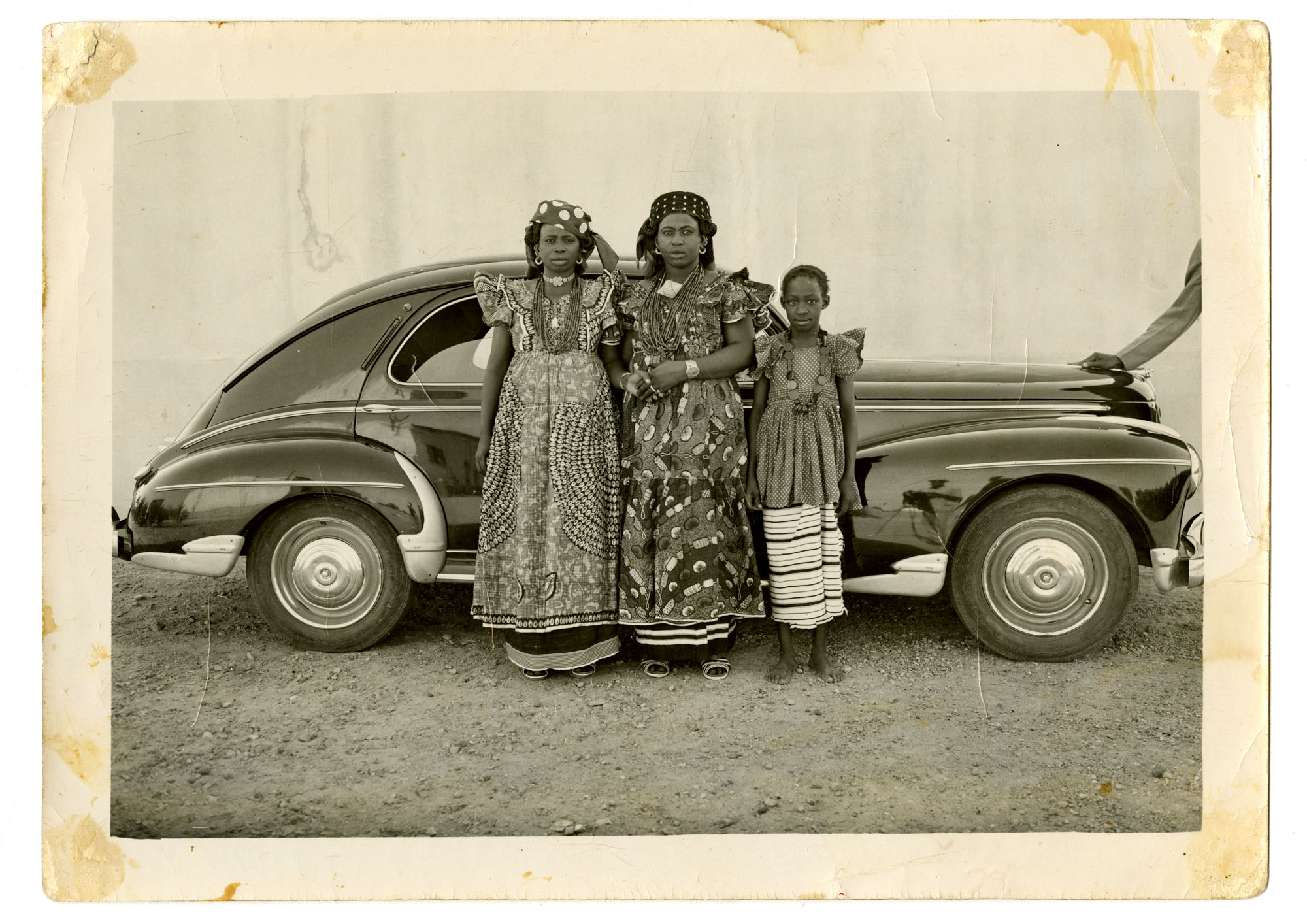 Inside the work of photographer Seydou Keïta, who captured portraits across West Africa
Inside the work of photographer Seydou Keïta, who captured portraits across West Africa‘Seydou Keïta: A Tactile Lens’, an exhibition at the Brooklyn Museum, New York, celebrates the 20th-century photographer
-
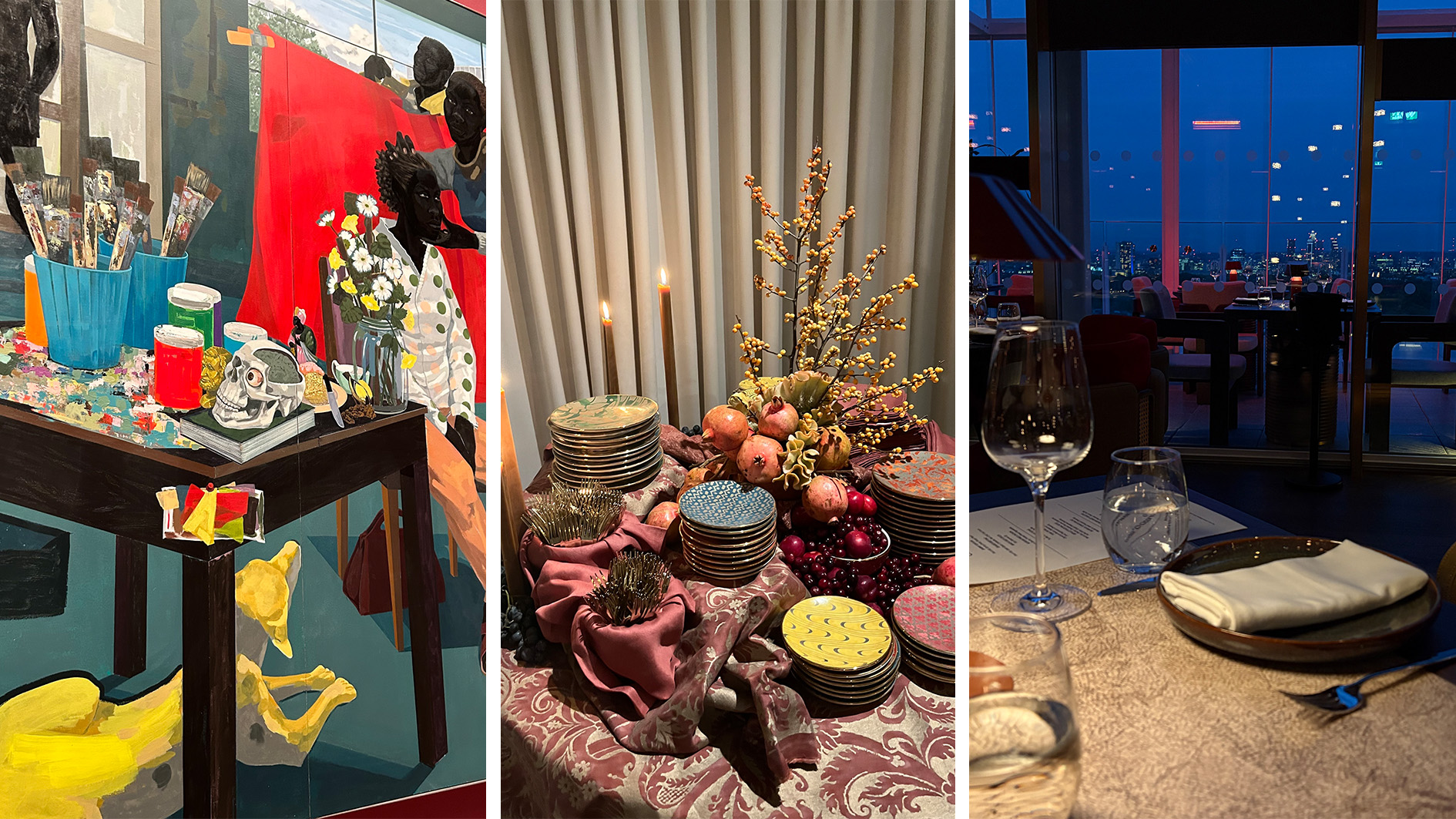 Out of office: The Wallpaper* editors’ picks of the week
Out of office: The Wallpaper* editors’ picks of the weekFrom sumo wrestling to Singaporean fare, medieval manuscripts to magnetic exhibitions, the Wallpaper* team have traversed the length and breadth of culture in the capital this week
-
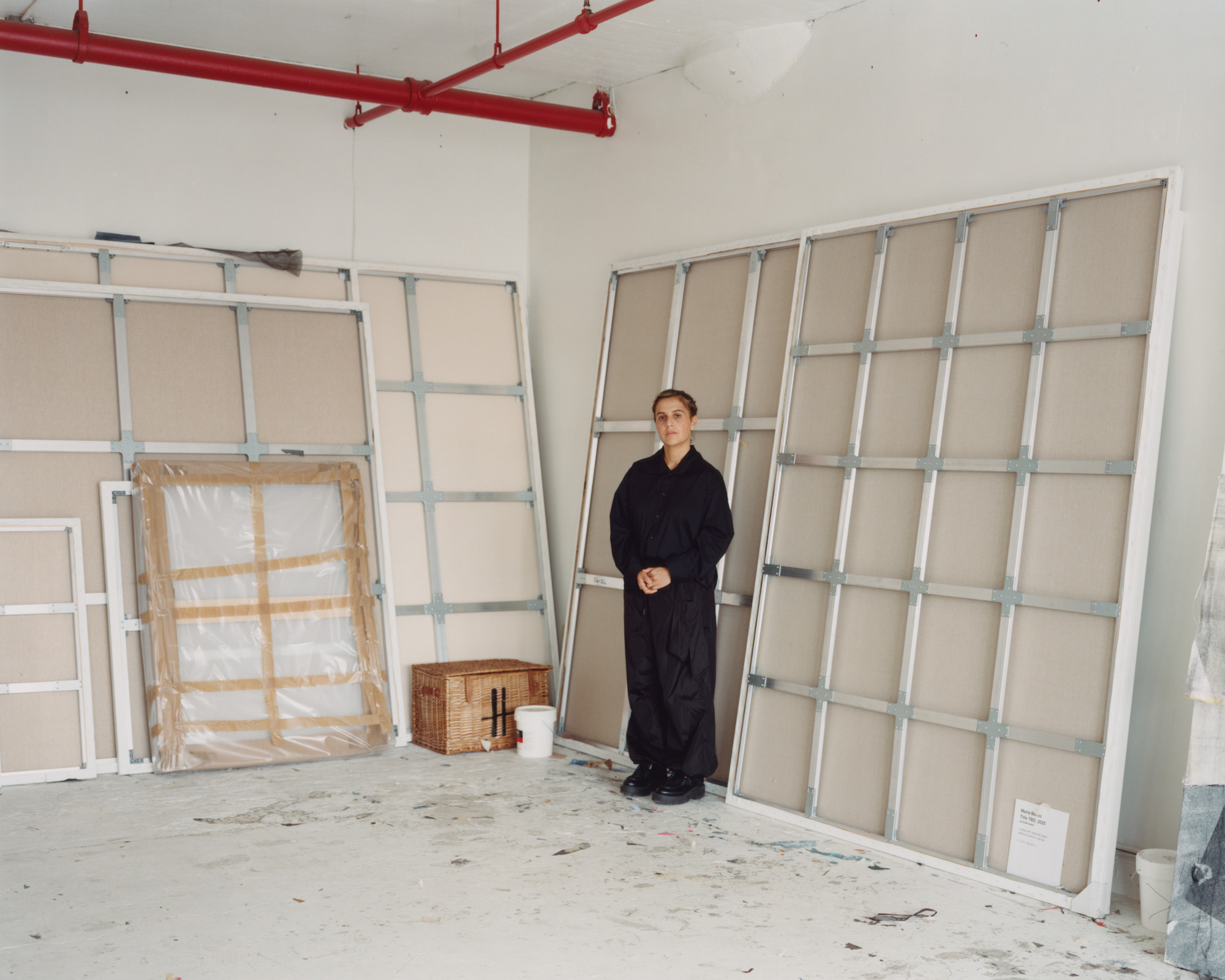 María Berrío creates fantastical worlds from Japanese-paper collages in New York
María Berrío creates fantastical worlds from Japanese-paper collages in New YorkNew York-based Colombian artist María Berrío explores a love of folklore and myth in delicate and colourful works on paper
-
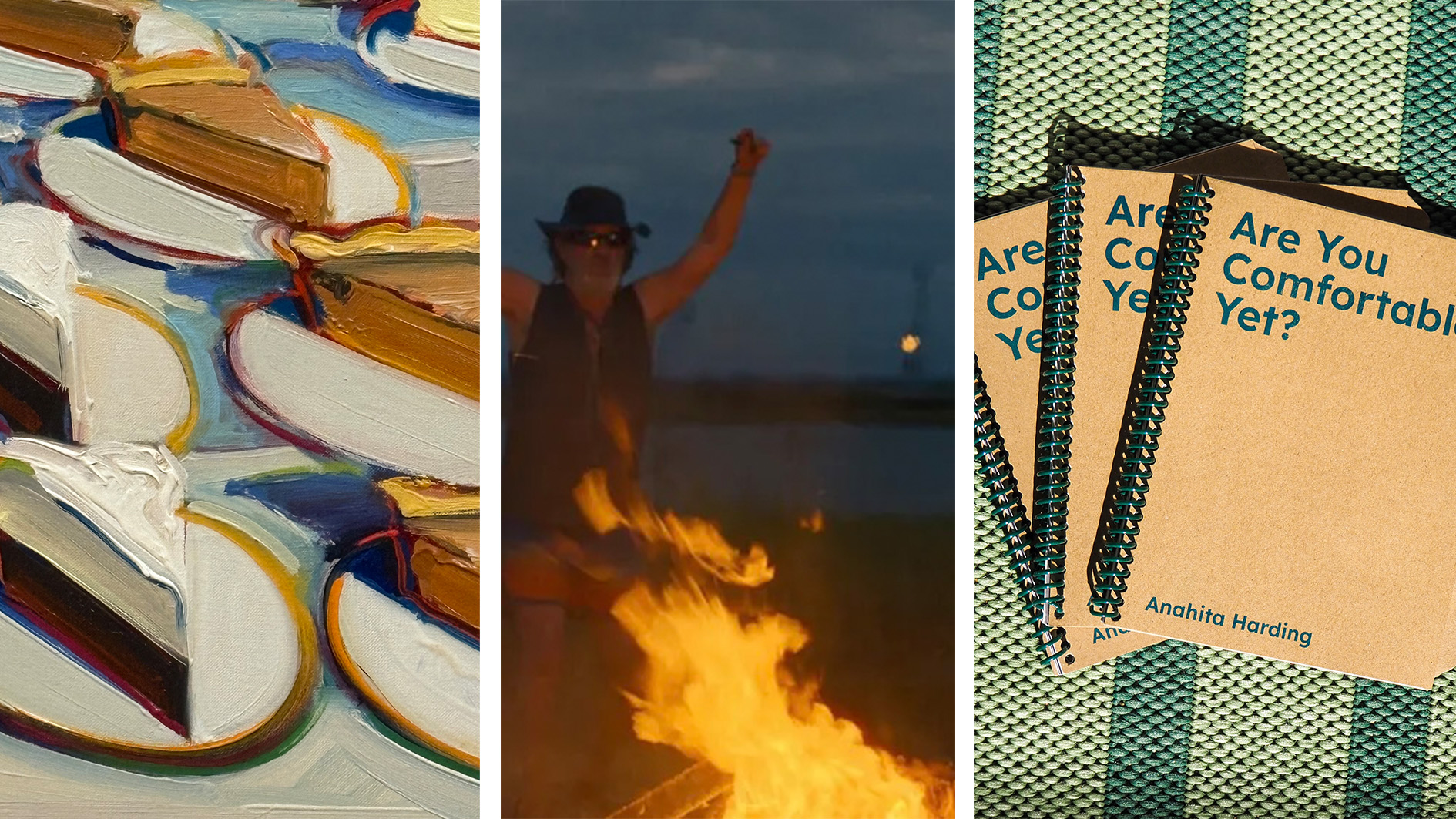 Out of office: the Wallpaper* editors’ picks of the week
Out of office: the Wallpaper* editors’ picks of the weekAs we approach Frieze, our editors have been trawling the capital's galleries. Elsewhere: a 'Wineglass' marathon, a must-see film, and a visit to a science museum
-
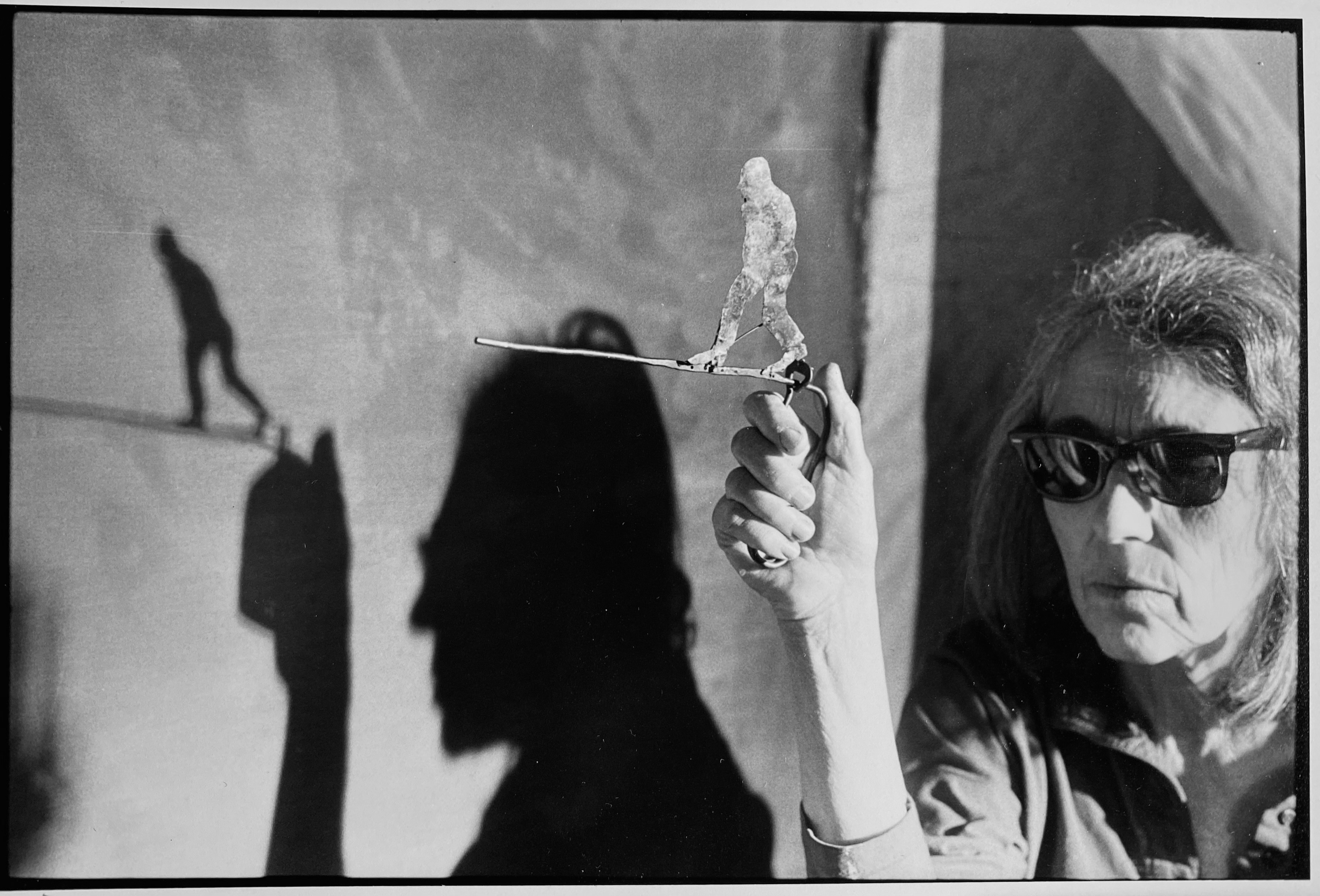 June Leaf’s New York survey captures a life in motion
June Leaf’s New York survey captures a life in motionJune Leaf made art in many forms for over seven decades, with an unstoppable energy and fierce appetite leading her to rationalise life in her own terms.
-
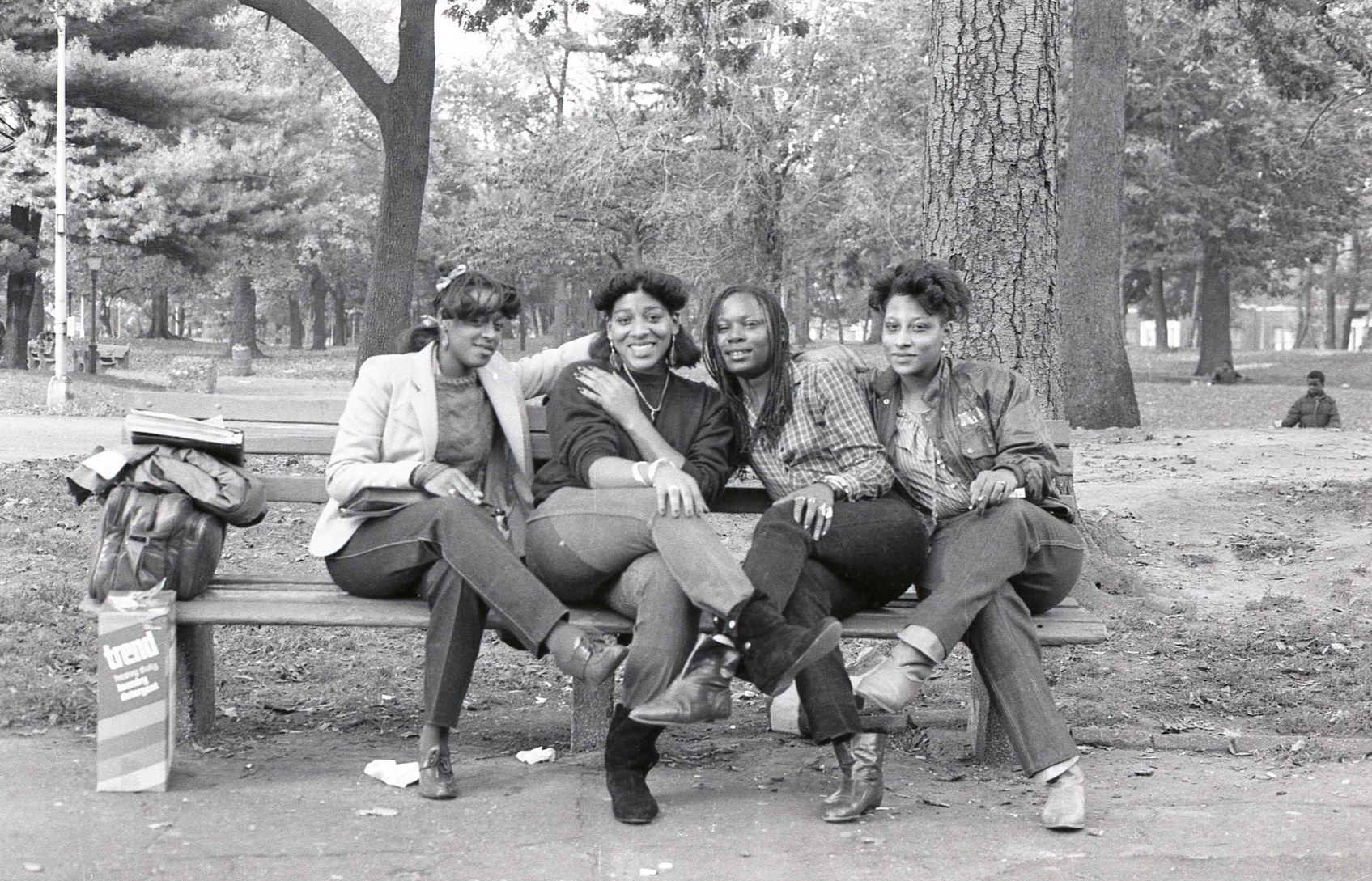 Jamel Shabazz’s photographs are a love letter to Prospect Park
Jamel Shabazz’s photographs are a love letter to Prospect ParkIn a new book, ‘Prospect Park: Photographs of a Brooklyn Oasis, 1980 to 2025’, Jamel Shabazz discovers a warmer side of human nature
-
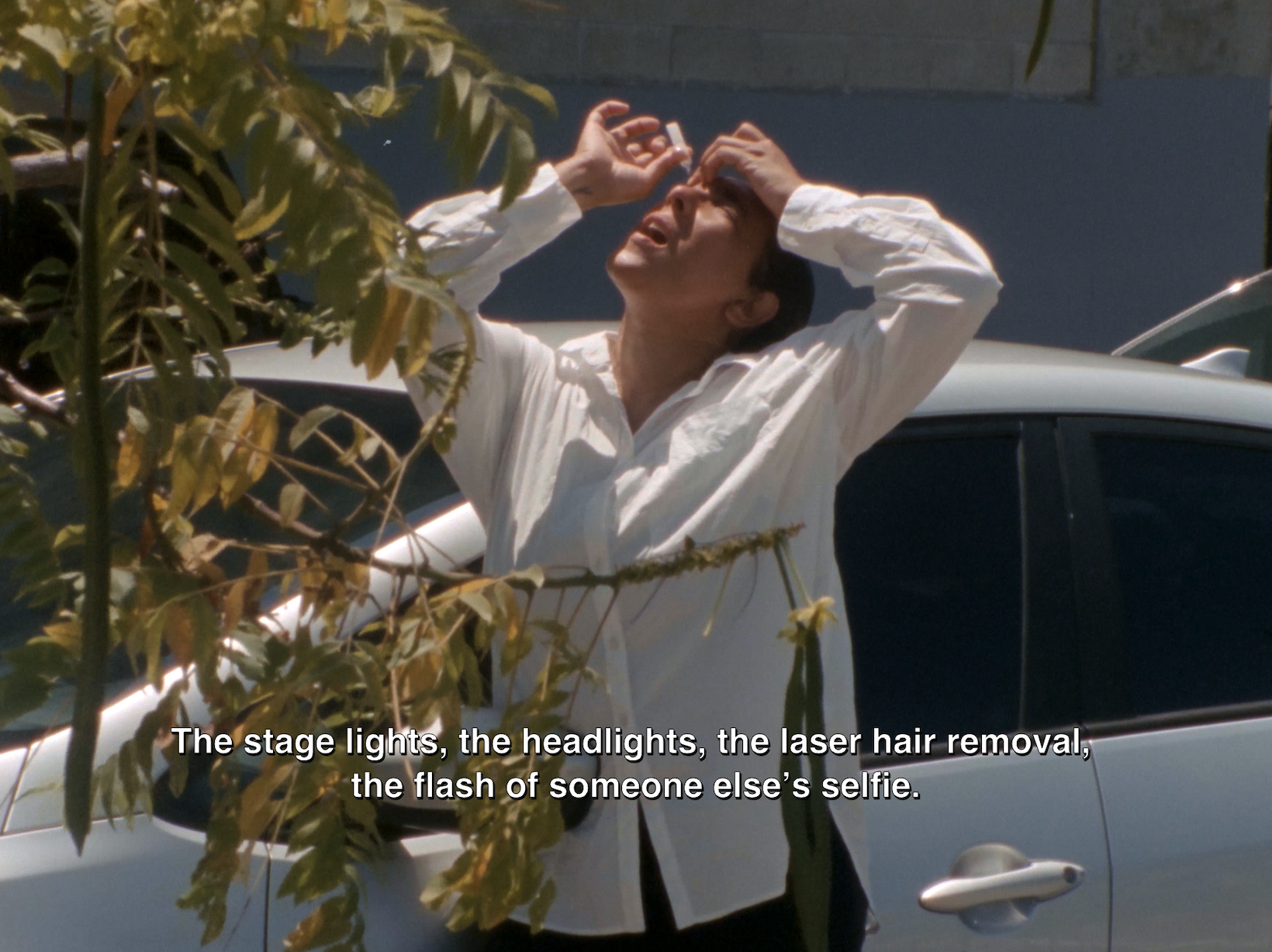 The Hammer Museum in Los Angeles launches the seventh iteration of its highly anticipated artist biennial
The Hammer Museum in Los Angeles launches the seventh iteration of its highly anticipated artist biennialOne of the gallery's flagship exhibitions, Made in LA showcases the breadth and depth of the city's contemporary art scene
-
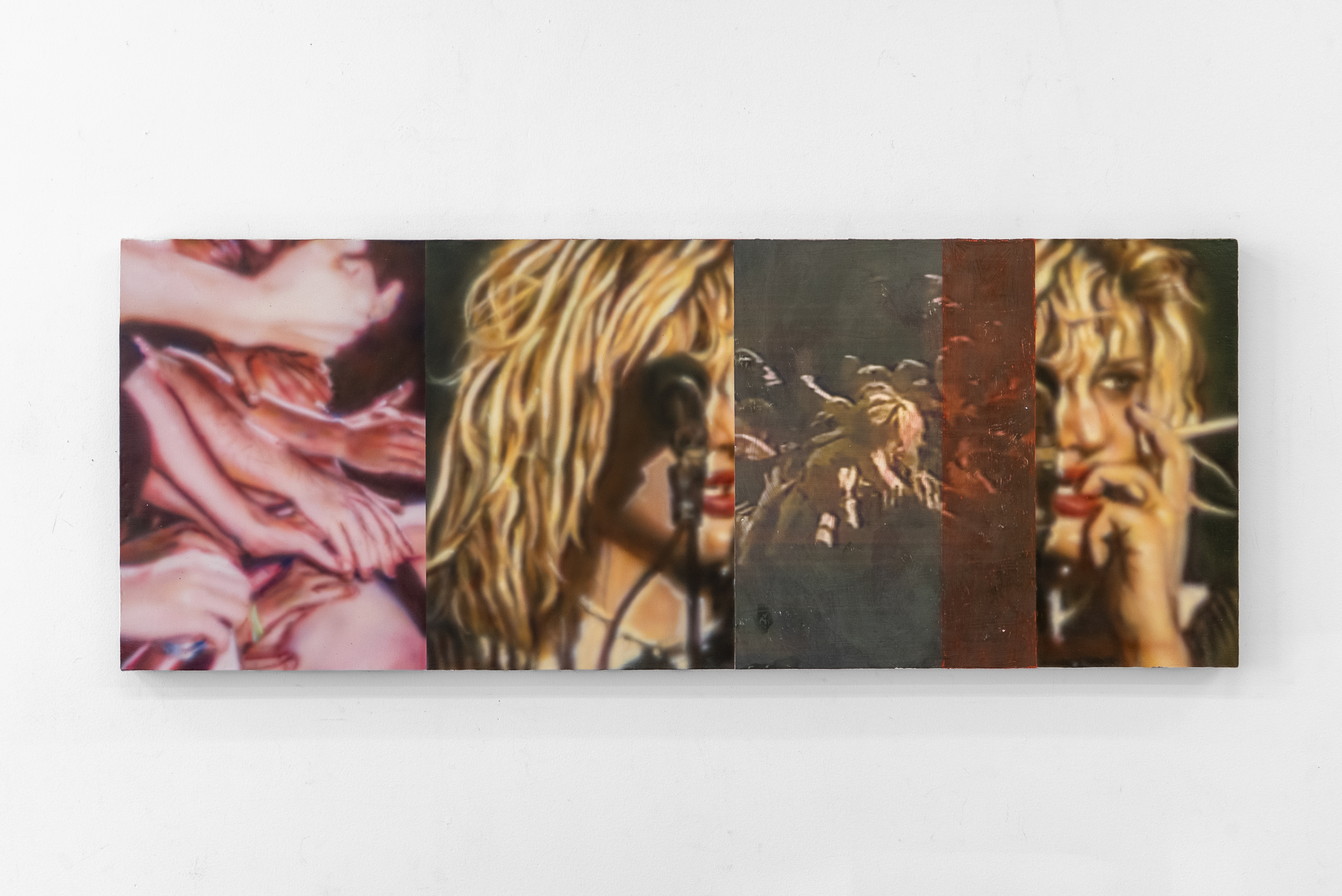 Inside a Courtney Love-inspired art exhibition in New York
Inside a Courtney Love-inspired art exhibition in New YorkLiza Jo Eilers looks to the glory days of Hole at an exhibition at Grimm New York